Why Waldorf? Part 1
About a year ago, a friend with a young child asked me about Waldorf education and why we choose Waldorf school for our older son, and Waldorf-inspired preschool for our younger son. My friend is a former coworker and a public school teacher, so my response to her was meant to highlight the differences of Waldorf education compared with the California public school (as I remember it from my own schooling).
It occurred to me that I could post my lengthy email to my friend here, in case others are curious. I have made small edits to make this content make sense to a broader audience. Please keep in mind that Ian and I are parents, not teachers, so our perspective on Waldorf is a parents’ perspective. (This is Part 1 of a three part article. Why Waldorf? will continue in Parts 2 and 3. Part 2 can be found here. Part three can be found here.)
~~~
What does Waldorf school look like?
1. The Class Journey. My son’s class may have the same teacher for 8 years, from grades 1 through 8. This is the ideal “class journey,” as they call it. Sometimes, this ideal is not possible. Some Waldorf schools strive very hard to provide this 1–8 continuity. Others find it’s not so practical. The point is for the teacher to come to know each child so well over the years that there is no chance of someone falling through the cracks, with needs going unmet. Also, the child’s strengths and weaknesses are known and nurtured along year by year. The teacher becomes a kind of third parent, if you will, and can have extremely valuable insight into your child as she grows.
2. Specialty Subjects. In addition to the main teacher, there are specialist teachers who concentrate on specific subjects, starting in first grade. These include Spanish, German, eurhythmy (a kind of storytelling through dance that is specially designed to appeal to a child’s imagination and nurture gross-motor skills development and physical organization, which is thought to have a direct and significant impact on a child’s ability to learn academically and socially; it also serves to help the class work together with flow), movement (which is a bit more like PE/games and starts in second grade), handwork (skills such as knitting, crochet, sewing, weaving, and then, as the child gets older, woodworking, sculpture, etc.), music, and gardening/farming (starting in second grade).
3. Arts in the Waldorf Curriculum. Within all the sit-down subjects, art is a major component to learning. The idea is that appealing to the child’s highest self and emotional life through art is what makes learning joyful and beautiful. The humanity of each child is respected and human beings make art. Art has a way of capturing the imagination and engaging all the senses and the intellect. Even math is taught with artwork incorporated in every lesson. If you learn with joy, you will retain the information. In Waldorf schools, students do painting, modeling with beeswax, drawing, paper crafts, sewing, clay, etc. Art techniques are taught along with the main lesson. The children also perform plays and sing songs that accompany their lessons. From the first grade, they play a pentatonic flute. In third grade, the begin with a C flute. In fourth grade they choose a string instrument for orchestra; in fifth they have an option to switch to a band instrument. This musical instruction is part of their schooling.
4. Reading and Literacy. Here is a big difference between Waldorf and public schools: Children in preschool, Kindergarten, and first grade are not tasked with learning to read. No phonics programs are used. In fact, Kindergartners are expected to focus on growing their bodies, learning to play with others, learning responsibility and community through clean-up chores, learning music and circle time, climbing, digging, skipping, etc. No pressure is brought to bear on a child who isn’t reading in first grade. However, with that said, all kinds of prereading skills are being exercised during this time, through extensive use of storytelling, puppetry, poetry, rhymes, games, songs, and fairy tales. In first grade, students start learning the alphabet. It is our observation that most children already know the alphabet by this time, but the teacher still takes plenty of time with each letter. The children hear a story that teaches them the character of the letter, then they make art with the letter. (This is a gradual type of phonics, but there are no flash cards or early/late reading groups or that sort of thing.) Most children begin reading on their own sometime in second grade. Most Waldorf third graders are reading well, despite their not having experienced early-reading pressure. On standardized tests such as those administered by the state of CA, as I understand it, the typical Waldorf student performs in second grade “below grade level” in reading, “at grade level” in fourth grade, and then “above grade level” in later grades. Anecdotally, I can say with confidence that Waldorf kids have an amazing capacity for memorization and I credit the amount of oral storytelling they are exposed to.
5. Mathematics. Here is another big difference: All four basic math operations are introduced at once in the first grade. They are taught through storytelling and imaginative imagery. Waldorf is often criticized for being “behind” in teaching reading, and yet, by the same yardstick it is “ahead” of public schools in teaching math. (In third grade, my son is currently working on mulitplication of two-digit numbers.)
This article, Why Waldorf? will continue in Parts 2 and 3. Part 2 can be found here. Part three can be found here. I hope you enjoy reading them.

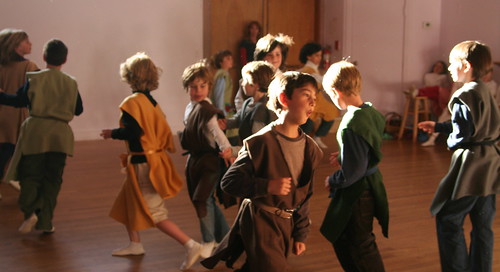



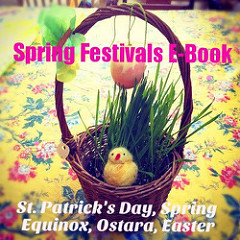
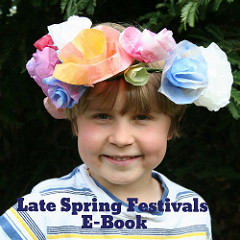

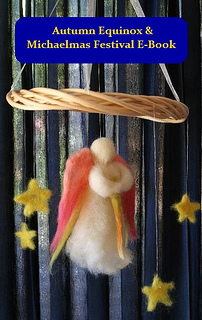


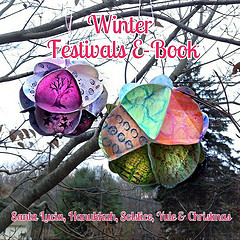

January 22, 2011 at 11:20 am
I am the grandma to Asher and Lucas, Ian’s mother and a retired public school teacher of 30 years. What I like best and see as a major difference is that at Waldorf, the first objective seems to be to foster a love of learning and exploring that is developmentally appropriate to the child. Many of the same elements are in both types of education but art in many forms is an integral part of the Waldorf education. Great explanation, Sara!
January 25, 2011 at 8:26 pm
Thanks, Grandma, for weighing in. Your perspective and experience are invaluable. Thank you for supporting our choice to do something different.
January 22, 2011 at 11:53 am
Beautiful blog post, Sara. I’m going to post a link to this on FB. You brought up excellent points from a parent’s perspective! 🙂
January 23, 2011 at 11:14 pm
Thank you. I’m currently going through a teacher training program to become a public school teacher but if I never had to worry about money I’d become a waldorf teacher. What is amazing to me is how the most advanced thinking in public school teaching is saying exactly what Waldorf has been saying for 80 years… integrated, personal, artistic, holistic, differentiated, community oriented education. I look forward to the day when all public schools look more like a waldorf classroom.
January 25, 2011 at 8:13 pm
This is wonderful. I’d like to post it to the Alice Birney facebook page. Even though it’ll be preaching to the choir. 🙂
January 25, 2011 at 8:27 pm
Thank you, Jennifer, I appreciate your passing this on. Perhaps this will be helpful to someone.
January 25, 2011 at 8:30 pm
Alyss, I think my husband came to the same conclusion several years ago. …If money were no option and the need of it no worry, he probably would have become a Waldorf teacher. He did complete part of the teacher training. I wish you well in your training and in your teaching goals!
January 25, 2011 at 8:31 pm
Jim, feel free to do so! Thanks very much for your compliment!
January 30, 2011 at 8:22 am
I love the classroom picture showing all the watercolours. I love how different they all are and yet the same! Totally shows the different personalities of the kids. I have yet to locate a Waldorf school here in Utah, it’s a very sad thing.
January 30, 2011 at 4:02 pm
My daughter enjoyed her Waldorf education, and is now 19, my sons went to the kindergarten, then we moved to another area with no school. It brings a light into the world that is much needed, cheers Marie
February 1, 2011 at 7:32 pm
Thanks for reading, Abigail! The paintings are beautiful, aren’t they? Good luck with your search for a Waldorf school!
February 1, 2011 at 7:34 pm
Hi Marie,
Thanks for reading. I’m glad to hear your daughter did well in this kind of environment. It seems to me that more Waldorf schools are being founded all the time. I hope that the nourishing character of this kind of education can be brought to more children. I know I would have flourished in Waldorf.
(I love your needle-felted sculptures!)
November 6, 2015 at 8:42 am
I like the model of having the same teacher for grades 1 through 8. My kids had the same teacher for grades 4 and 5 and it truly made a difference the second year. I can only imagine what eight years would mean.